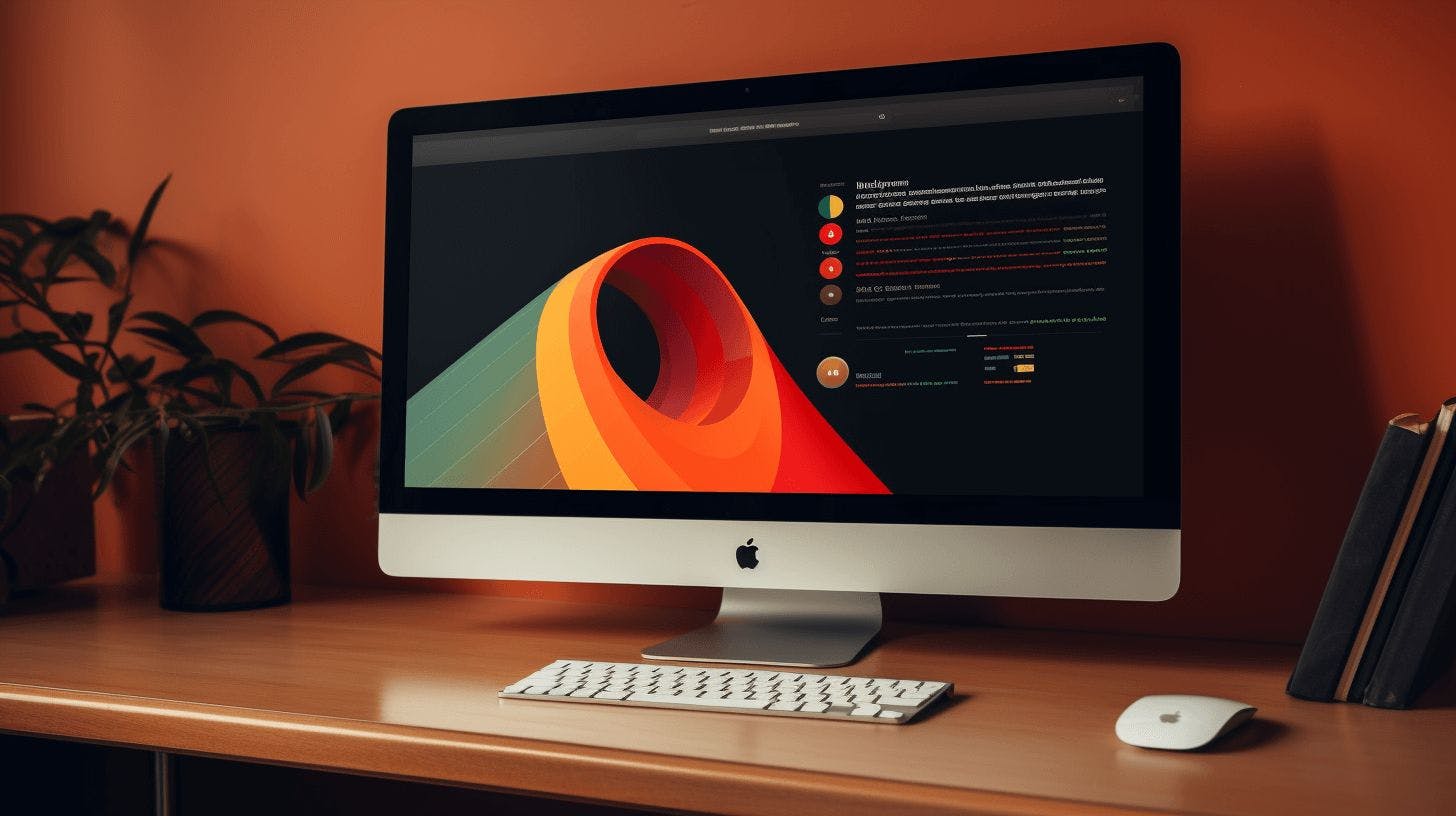Related articles
Unraveling the Secrets of CRUD Operations in Web Development
28 Jun 2023
In the world of web development, CRUD operations form the backbone of many applications. Understanding how Create, Read, Update, and Delete operations work is essential for every developer. This article dives into the secrets behind these operations, exploring their importance, implementation, and best practices. By unraveling these secrets, developers can enhance their skills and build robust web applications.

The Pros and Cons of Using PhpMyAdmin in Your PHP Development
6 Jun 2023
In PHP development, using PhpMyAdmin can be a convenient way of managing databases. However, it also has its drawbacks. In this article, we will explore the pros and cons of using PhpMyAdmin, to help you decide if it's the right tool for your project.
Advantages of Using Sylius for Your E-commerce Business
2 Jun 2023
Sylius is an open-source e-commerce solution that offers a range of benefits such as customizable features, flexibility, ease of use, scalable architecture, cost-effectiveness, and community support. In this article, we will discuss the advantages of using Sylius for your e-commerce business.
Understanding PhpStorm: Features and Functionality
10 May 2023
In today's fast-paced development world, it's essential to have a powerful, efficient IDE. PhpStorm from JetBrains boasts a wide range of features and functionality to boost productivity and streamline coding. Let's dive into what makes PhpStorm a top choice for developers.
Simplifying Development with Boilerplate Code
9 May 2023
Developers often find themselves writing the same code over and over again when starting new projects. Boilerplate code can help streamline the development process by providing pre-written code that can be reused across projects. This article discusses the benefits of using boilerplate code and provides some popular boilerplate code options.
Advantages of Using Sitecore CMS
27 Apr 2023
Sitecore CMS offers numerous advantages, including powerful personalization capabilities, advanced analytics, and a wide range of integrations. Its flexible and scalable architecture makes it an ideal choice for enterprise-level organizations looking to enhance their online presence and customer engagement.
Show all articles related with #fullstack

